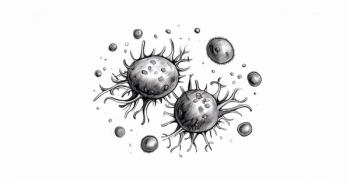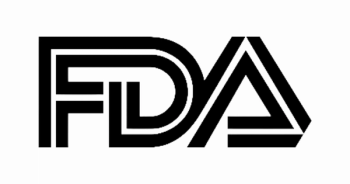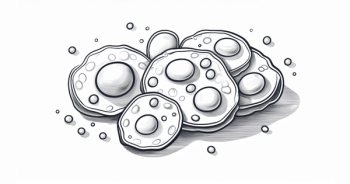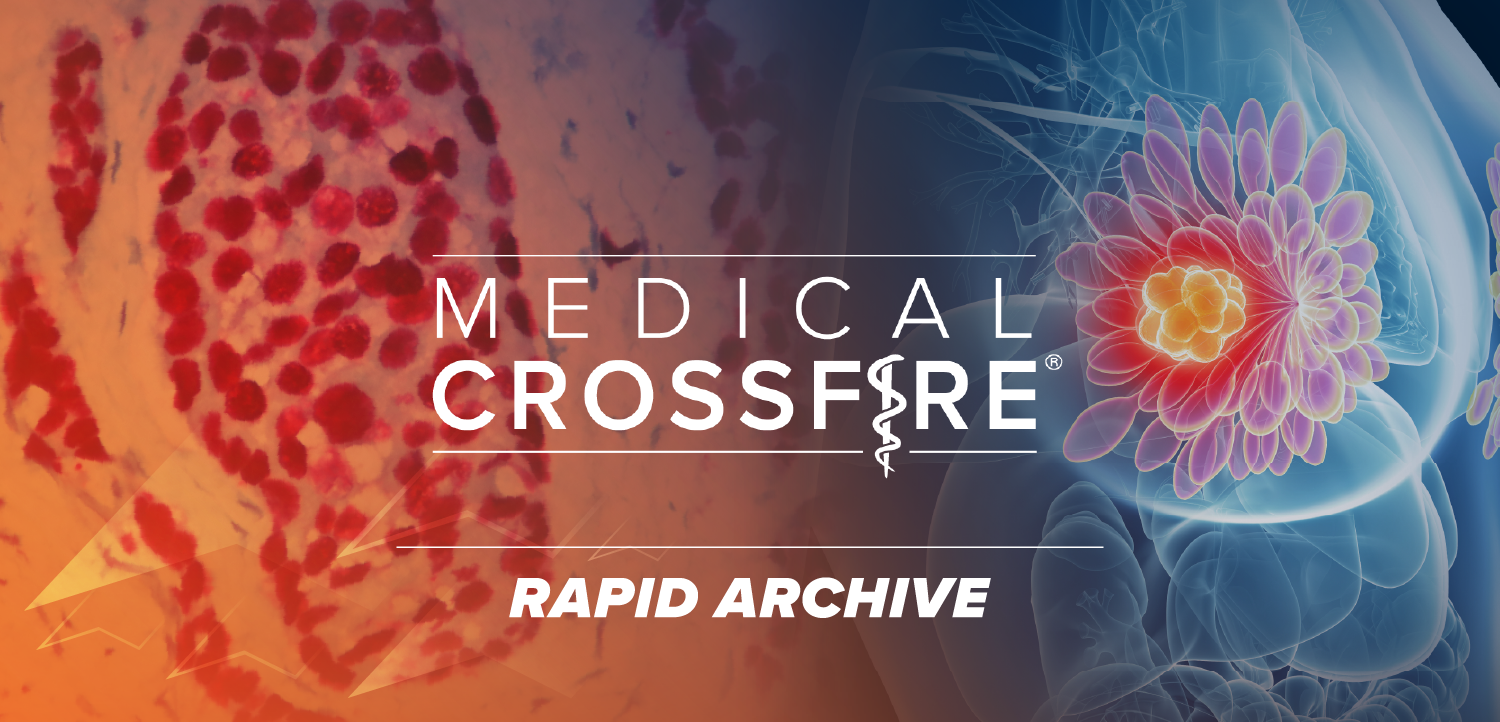
Talquetamab Shows Promise for High-Risk Relapsed/Refractory Myeloma
During a live event, Naresh Bumma, MD, discussed talquetamab’s efficacy in relapsed/refractory multiple myeloma, including high-risk patients.
This article is part 1 of a 2-part series from a Case-Based Roundtable event.
CASE SUMMARY
- Rich is a 72-year-old man diagnosed 6 years ago with multiple myeloma, 60% plasma cells, translocation 14;20
- Medical history: respiratory infections (2 episodes of pneumonia, and multiple episodes of bronchitis over prior 10 years)
- Received 5 prior line of therapy, most recently B-cell maturation antigen (BCMA)-directed CAR (chimeric antigen receptor) T-cell infusion.
- He now presented with progressive disease (increased free light chain, creatinine 2.3 mg/dL)
- ECOG performance status: 2
- Talquetamab was initiated via step-up dosing (800 mcg/kg every 2 weeks).
Targeted OncologyTM: What are the data behind using talquetamab (Talvey) in relapsed/refractory multiple myeloma for a patient such as this?
Naresh Bumma, MD: The MonumenTAL-1 study (NCT03399799) is a phase 1/2 study, where they looked at patients who had progressed. In the phase 1, patients progressed on everything [available], and the phase 2 was 3 or more prior lines of therapy, including an immunomodulatory drug, proteasome inhibitor, and an anti-CD38 antibody.1,2
In this trial, there were 3 arms. The first one was the weekly dosing with patients who were T-cell redirection [TCR] naive, so they hadn't had any T-cell engager therapy, which included bispecific antibodies and CAR T-cell therapies. The second one was every-2-week dosing at 0.8 mg/kg and TCR naive. Then the third one, which is the one we were interested in, was weekly or every 2 weeks, but they were allowed to have prior T-cell engager therapy. They followed them for overall response rate [ORR], duration of response [DOR], progression-free survival [PFS], overall survival [OS], safety, immunogenicity, and progressive disease.
The characteristics were very similar across all of them. There was a slight male predominance. A good chunk of patients had more than 1 extramedullary plasmacytoma. About 20% had stage 3 International Staging System [ISS] score. Thirty to 40% had high-risk cytogenetics, all of them were heavily pretreated, so 5 to 6 prior lines of therapy on average, and all of them were triple class exposed. In the TCR-pretreated arm, looking at the exposure, 35 out of 78 [were exposed to bispecific antibodies] and 71 out of 78 were CAR T exposed. Pretty much all of them were refractory to prior line of therapy.
What was the efficacy seen in the MonumenTAL-1 trial?
|The ORR was 74.1% in the weekly dosing and 69.5% in the every-2-week dosing, very similar. Very good partial response [VGPR] or better was 59.4 vs 59.1, respectively, so you don't lose that much by going to every-2-week dosing. Then looking at the prior TCR, the ORR was 66.7%, so similar to the other arms and a VGPR or better of 55.1%, so similar response rates in all of them, slightly lower in those with a higher [risk with] extramedullary disease.
But if you focus on the ones that have prior TCR, there was a 66.7% ORR. If you look at specifically the ones that had CAR T-cell therapy, 71% ORR, which was pretty good. In those treated with previous bispecific antibodies, slightly lower, at 58% but not too bad. The response rates deepened over time, and the deeper responses were associated with longer duration of response.
In the every-2-week TCR naive group, [since] the every-2-week dosing is what our patient Rich got, the median follow-up was 23 months. The median DOR was 18 months. Median PFS was 11 months, median OS was not reached, and 24-month OS rate was 67%. This was similar in the prior TCR arm as well, with median DOR not reached...median PFS was 8 months, and median OS was 24 months, so good.
How did responses change in the high-risk subgroup?
If you look at the high-risk cytogenetics, response, there was a 71% ORR in weekly dose group and 75% ORR in the every-2-week group, which is pretty good. Looking at patients who had ISS stage 3, 64%, 60%, and 77% [for the weekly, every-2-week, and prior TCR groups, respectively]. But if you look at the penta-refractory patients, which by the time we're using these drugs, these patients do end up becoming penta-refractory, as a single agent to have response rate of 69% to 71% [in the TCR naive groups] is pretty good.
Now there's more and more data looking at these plasmacytomas, and the more plasmacytoma you have, the worse you do. So when I look at that, Rich is outpatient, he's a little older, he has higher cytogenetics, and he's had 5 prior lines of therapy, including a CAR T, so expecting to be in this kind of range.
Looking at the PFS and ORR in the patients with high-risk cytogenetics, the numbers are smaller, but they wanted to look at whether these patients did worse off if they were high risk vs standard risk. [The Kaplan-Meier curves overlap for the] DOR and PFS, so it does give you a of signal that the high-risk patients still do well or don't do that much worse off than your standard-risk patients with this therapy. Numbers are a little bit on the smaller side, but it makes you more confident that these patients still do well.










































